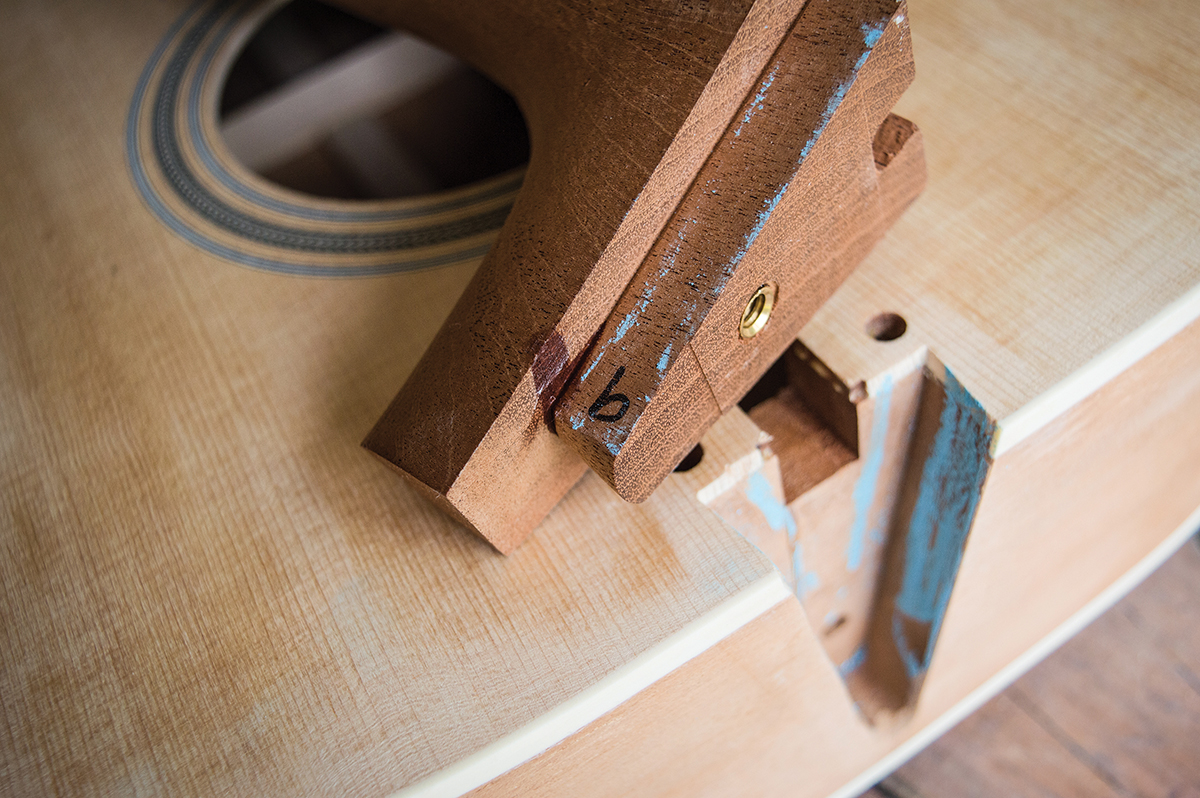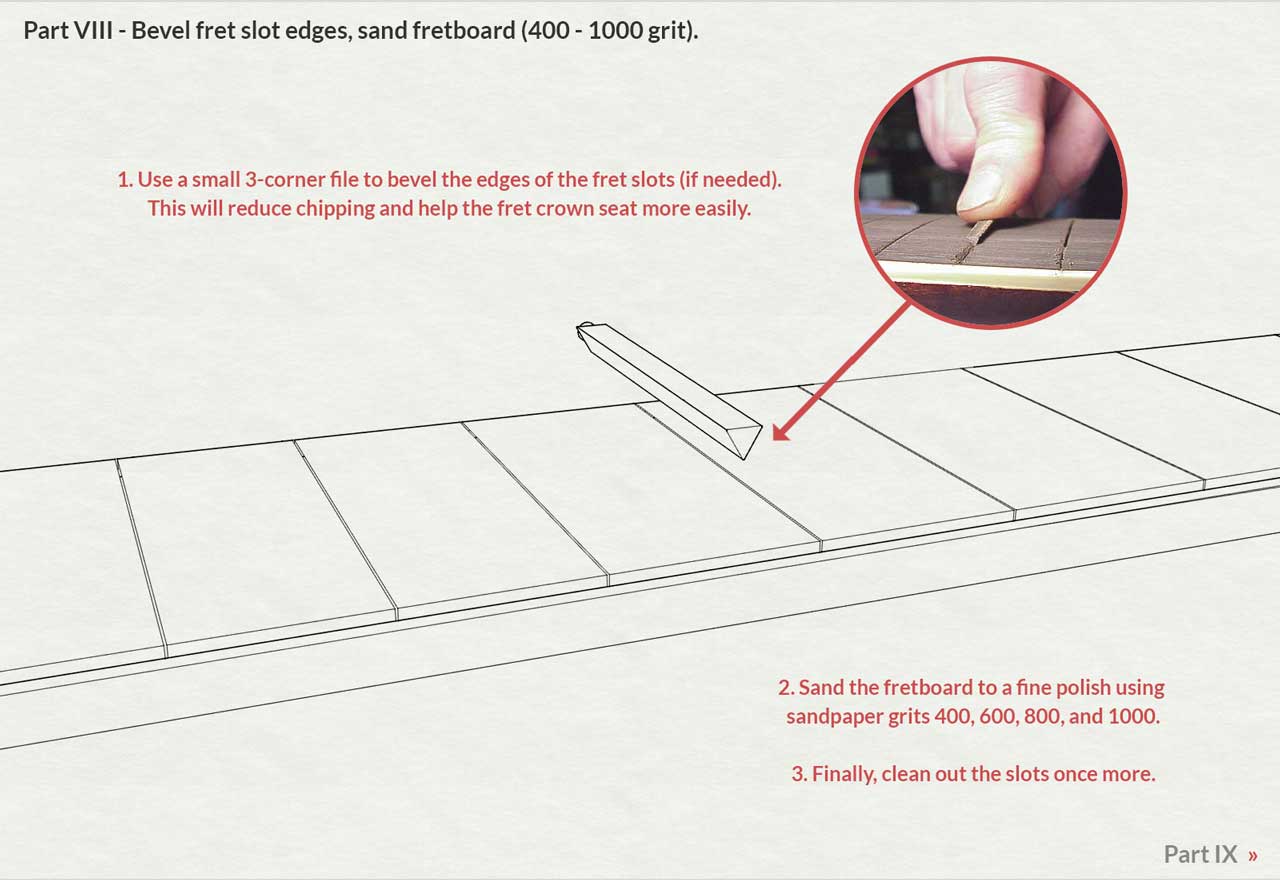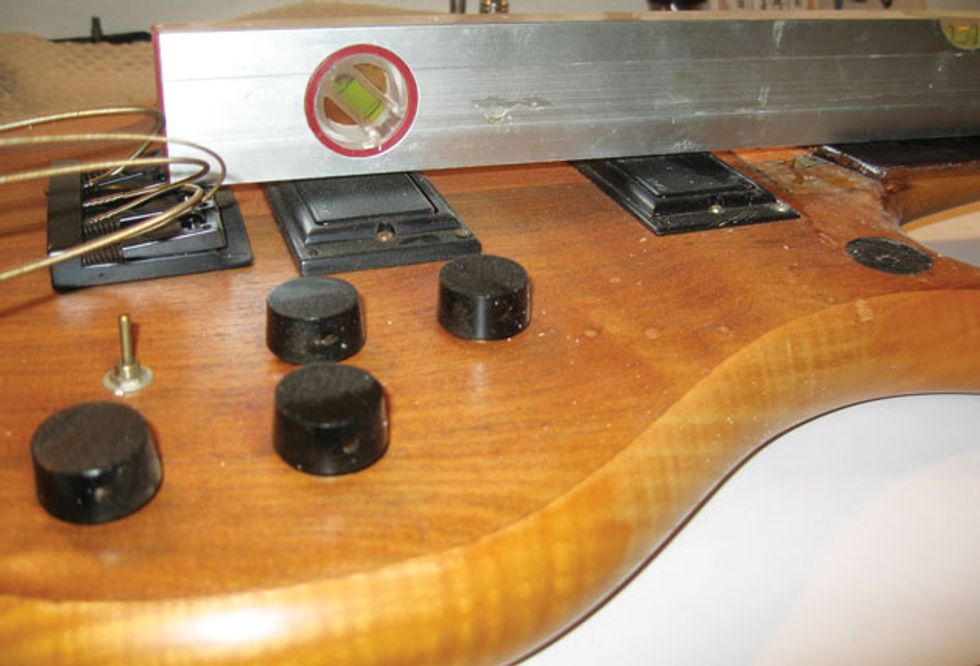Filling Fret Slots Ends
Posted By admin On 07/04/22.Frank talks in section 22 of filling th fret slot ends with superglue. Are we talking about filling any gap between the bottom of the tang and the bottom of the slot, so as to make a nice look? Frank does this prior to filing the fret ends flush. For some reason this 70's Greco bass had open fret slot ends. I can only guess that someone has refretted this neck and forgotten to fill them. The problem is the guitar appears to have been refretted in the past and 3 of the fret slots are pretty wide. I Crimped the tang with the SM crimper tool and put some SuperGlue in the slots and pressed them in. I held the fret in place with the press arbor for a few minutes to let the glue dry. 2 of the frets ends keep popping out. After the frets are seated, fill the gaps with wood dust, ebony in this case, and don't be shy with it. Drop glue on to the ends of the slots and let it soak in (right image), superglue works very well however it can dry much darker than the surrounding wood on rosewood and maple, PVA is an alternative for those.

Photo 4
Filing fret ends. The first step is to file the protruding fret ends flush to the fretboard. Hold the fine-tooth flat file against the side of the fretboard and gently drag the file from the first fret down to the last fret (Photo 4). Let the tool do the work—you’re just guiding it. If you press too hard, you may cut into the fretboard or binding.
Once the frets are filed flush to the fretboard, angle the flat file slightly—approximately 35 to 45 degrees—and glide along the tips of the frets until they have a uniform bevel. But make sure you don’t add too much of a bevel. If the bevel is too long, the E strings can slip off the frets when you play.
Filling Fret Slots Ends No Deposit


When the fret ends on both sides of the fretboard look uniform and feel flush, you’re ready to take the next step.
Rounding the fret ends. This operation takes patience and skill. The goal is to smooth off the edges of the frets where they meet the fretboard so the frets don’t feel sharp. Using the special three-corner file, place the “toothless” edge facing down toward the fretboard and gently roll the file over the edge of the fret end (Photo 5). It only takes about three or four gentle strokes to smooth out the fret end.
Repeat this process for each side of every fret until all frets are smooth and rounded. Be aware of your file at all times, especially when working over the body. You don’t want to knick or gouge that top! File slowly and methodically. If you want to protect the guitar, you can use low-tack painter’s tape to mask off vulnerable areas.
Photo 5

Removing tool marks. Now it’s time to clean up. Using a single-edged razor blade, carefully scrape back and forth on the fretboard until any tool marks are gone (Photo 6). Use a light touch and don’t scrape away too much wood. The goal is to remove the minimum amount of material required to smooth out the marks.
Polishing the fret ends. The next step is to use super-fine polishing paper, which is available in many styles (including micro-mesh cloths and fret “erasers” in a sequenced series of grits) from luthier suppliers and guitar-accessory companies like Dunlop and Planet Waves.
Grip your polishing paper or cloth and gently rub the fret ends along the fretboard. This gives the frets a nice shiny look. While you’re at it, why not polish the tops of all the frets?
Photo 6

Conditioning the fretboard. The final step in our process is to condition the fretboard. There are dozens of products available for cleaning and conditioning a guitar’s open, unfinished wood. With a little research and some trial and error, you’ll find a product that works well for you.
Apply the conditioner onto the fretboard and scrub it in using an old toothbrush. This removes built-up dirt and sweat and helps the wood absorb the conditioner. When the fretboard is completely covered, wipe it off with a paper towel.
Filling Fret Slots Ends Quick
Parting thoughts. As we’ve seen, the primary cause of sharp fret ends is a lack of humidity. The optimum humidity level for any guitar is between 40-50 percent. Conditioning your fretboard helps minimize humidity issues, but it’s still imperative to keep your guitar humidified. The bottom line: It pays to check out various guitar humidifiers. Designed to fit into the guitar body or case, they’re inexpensive and easy to use. Humidifiers can prevent sharp fret ends and save you a ton of work.